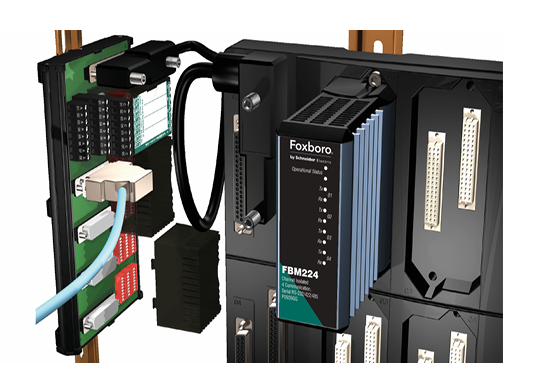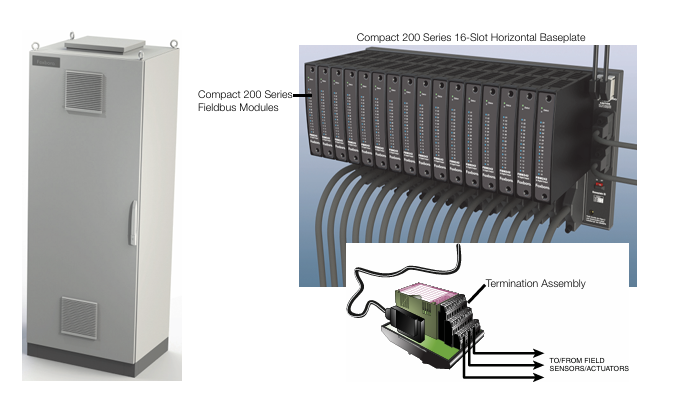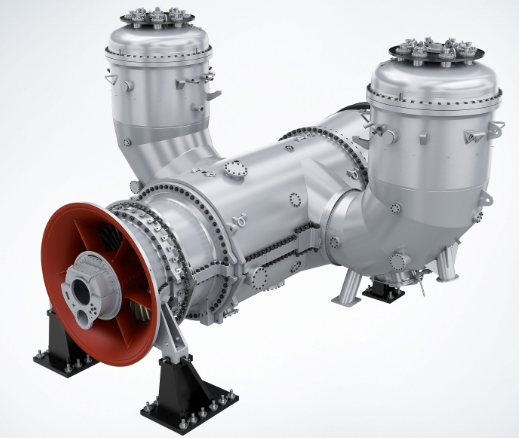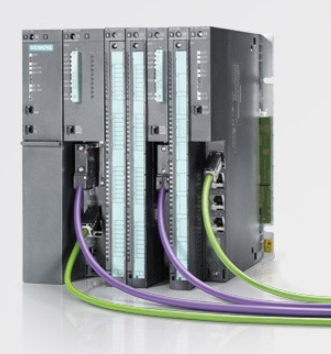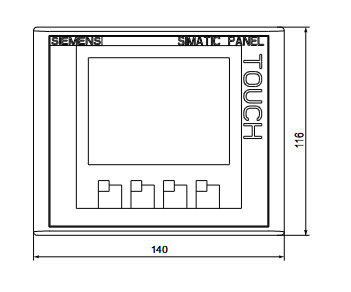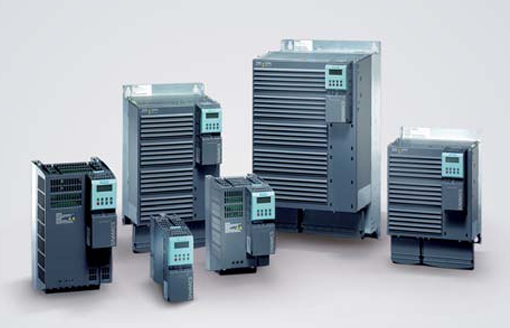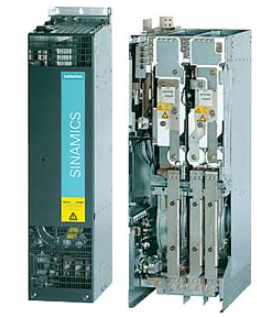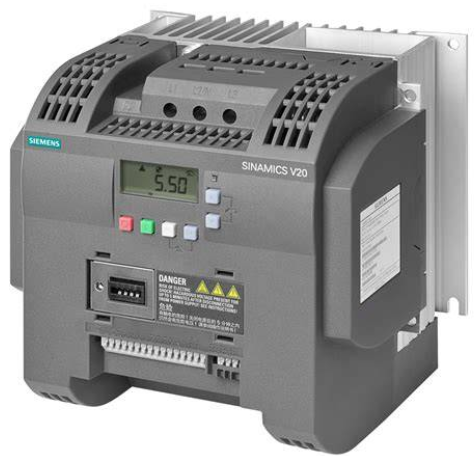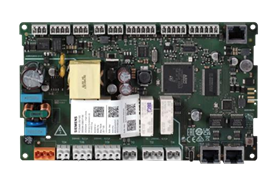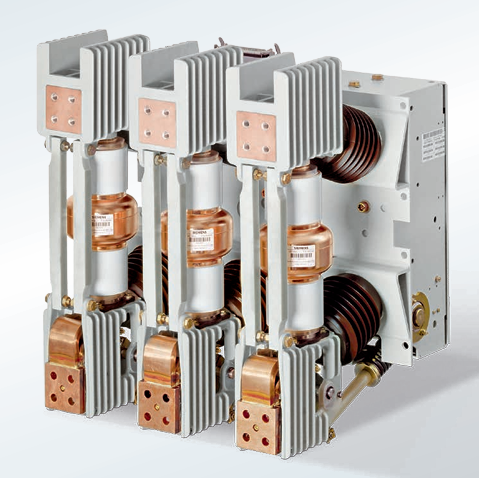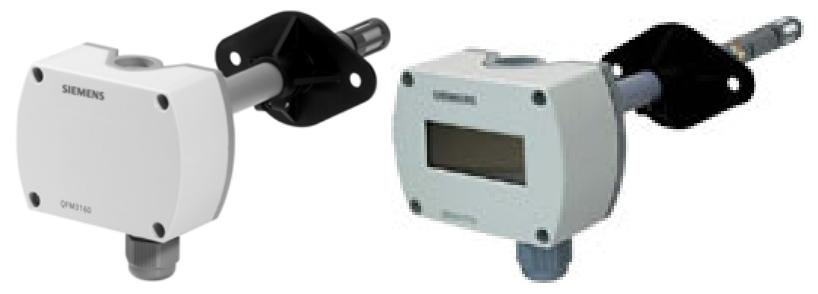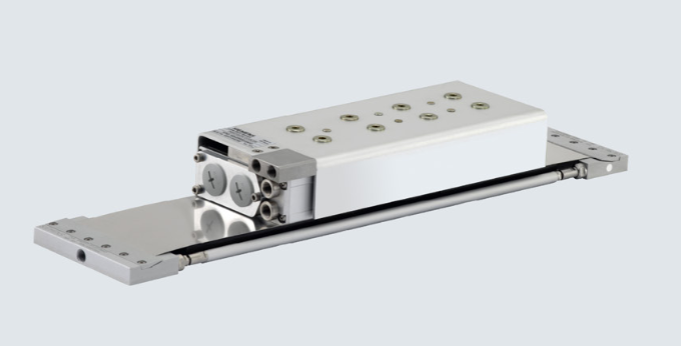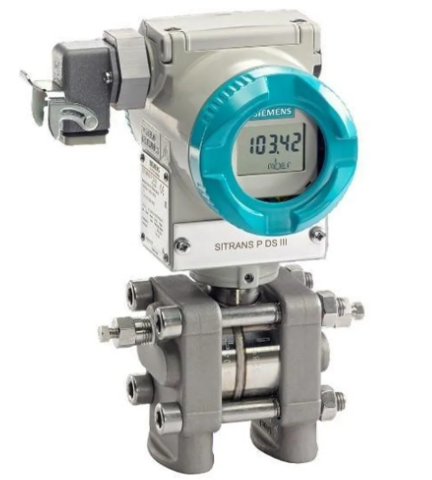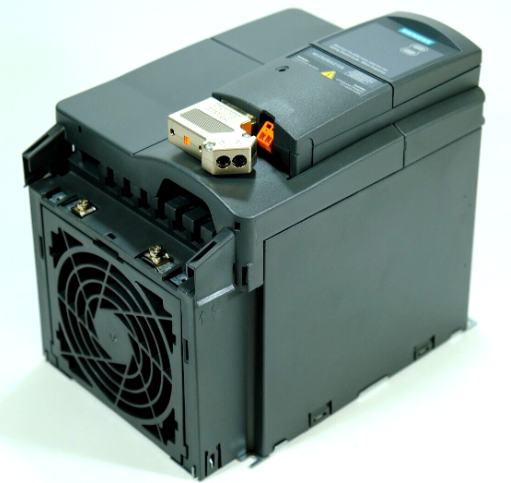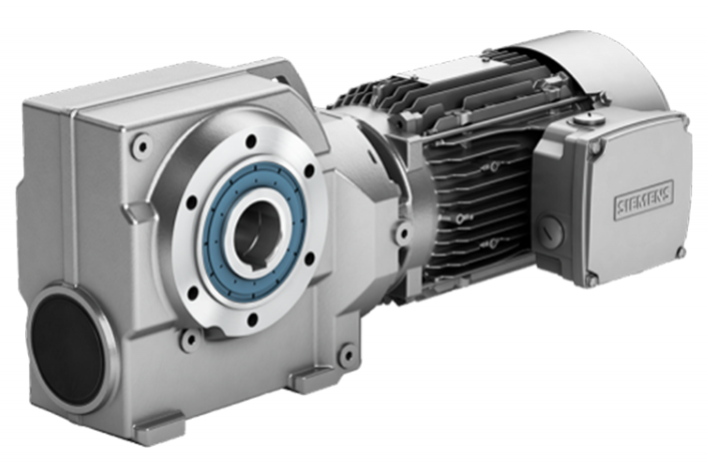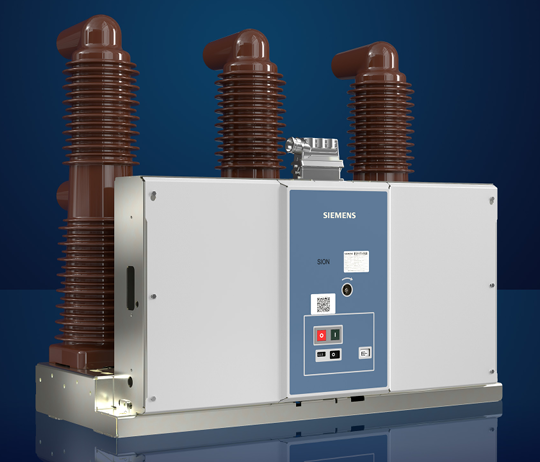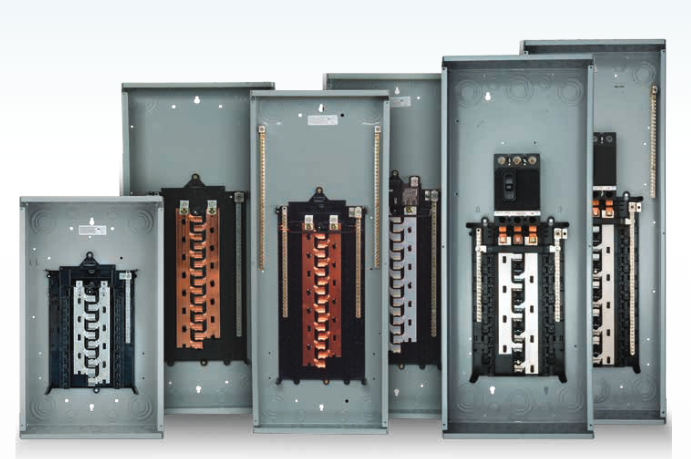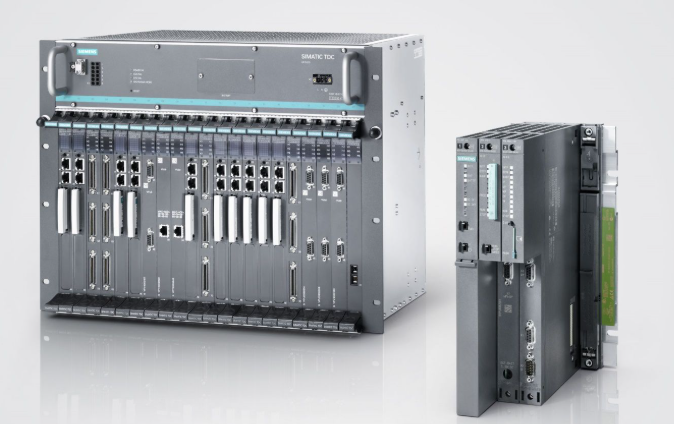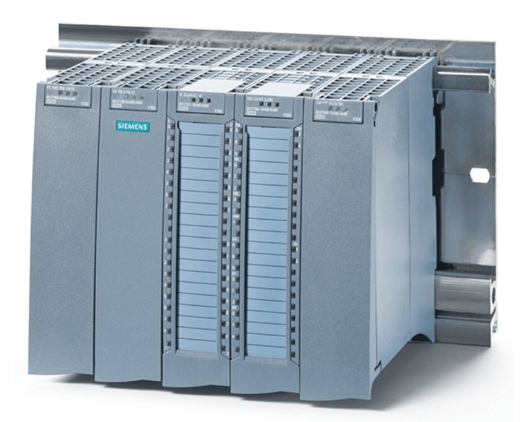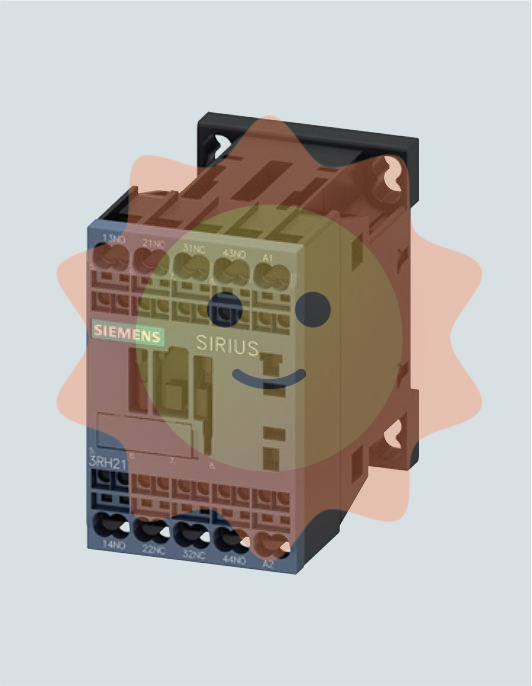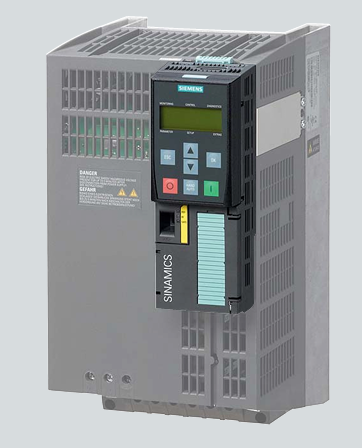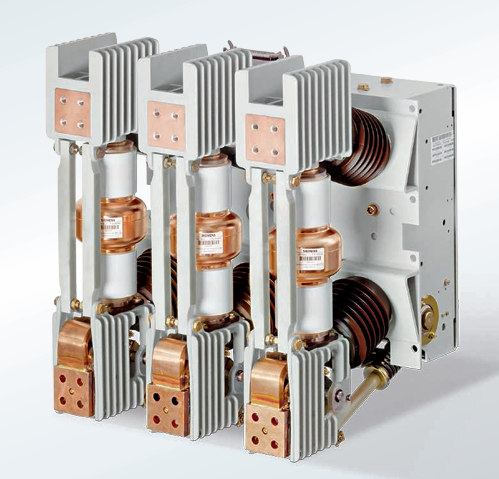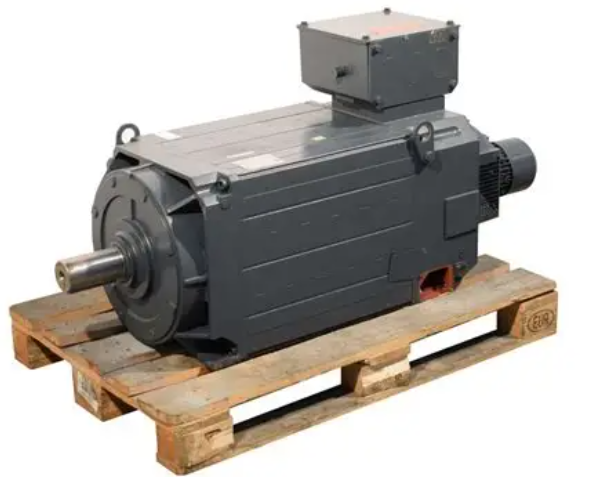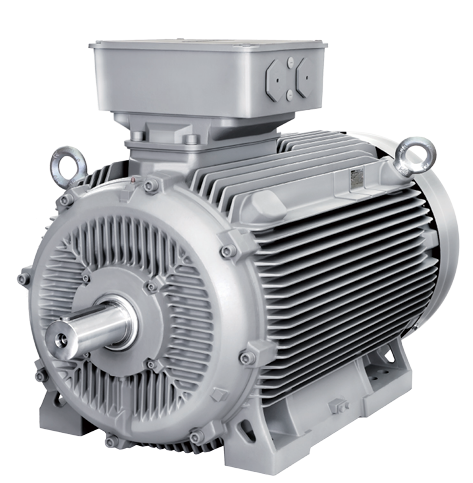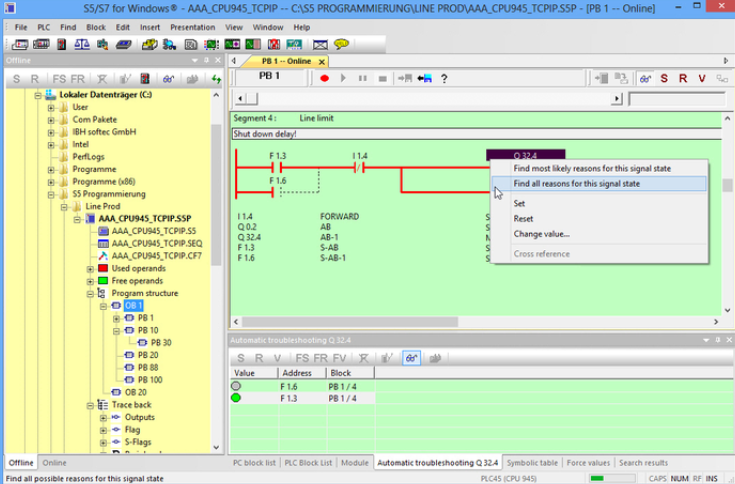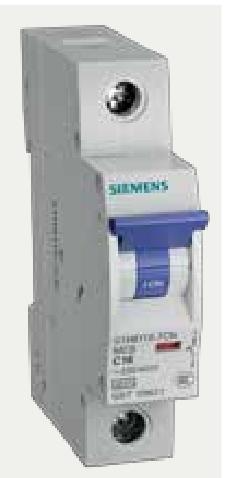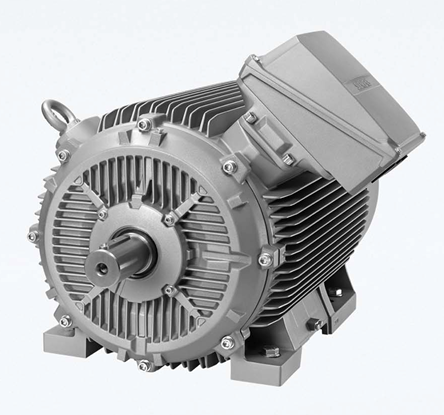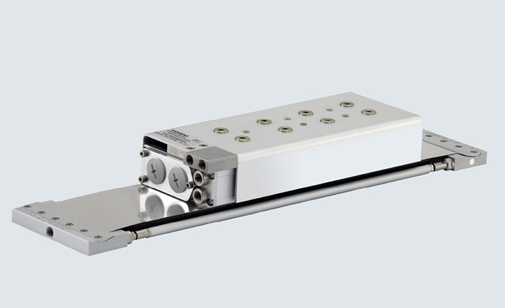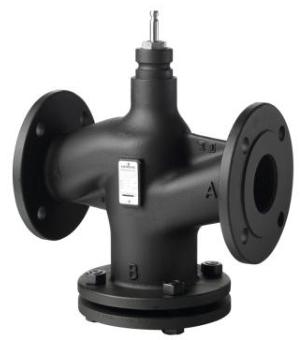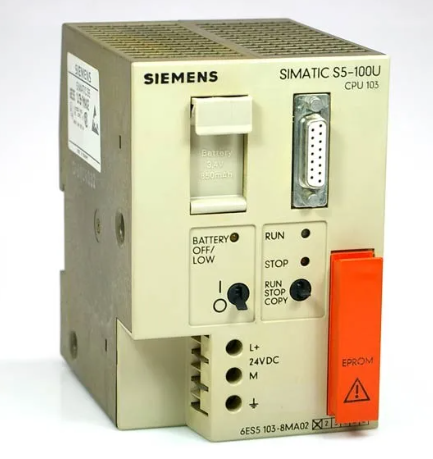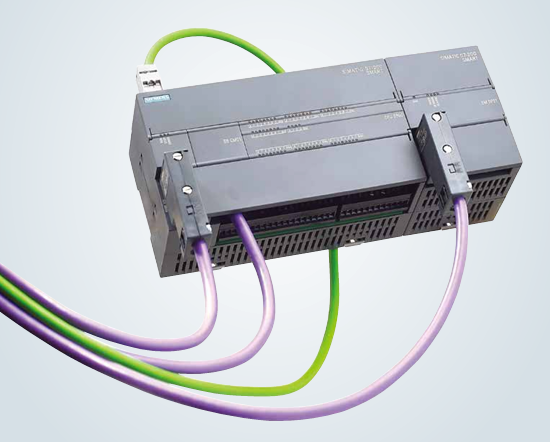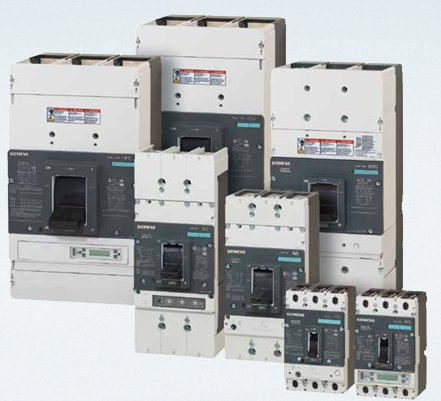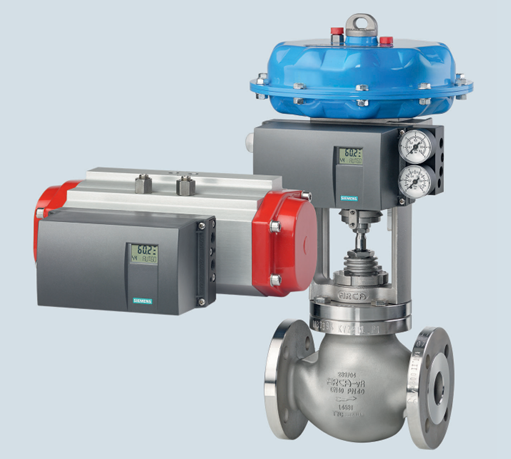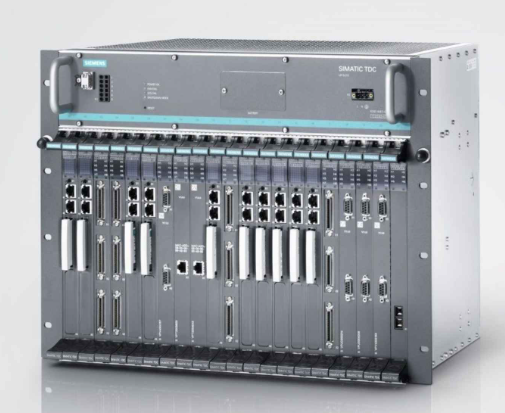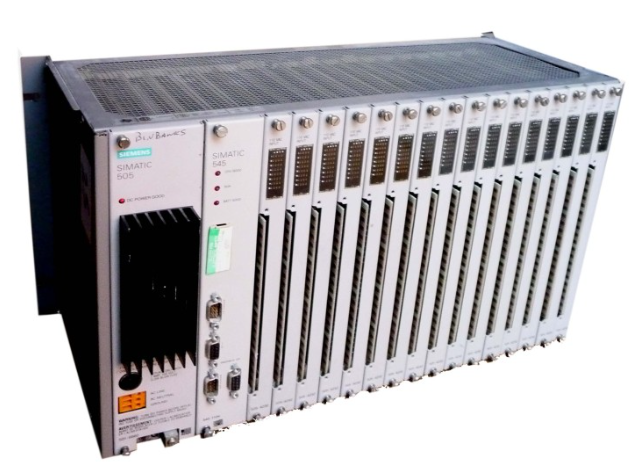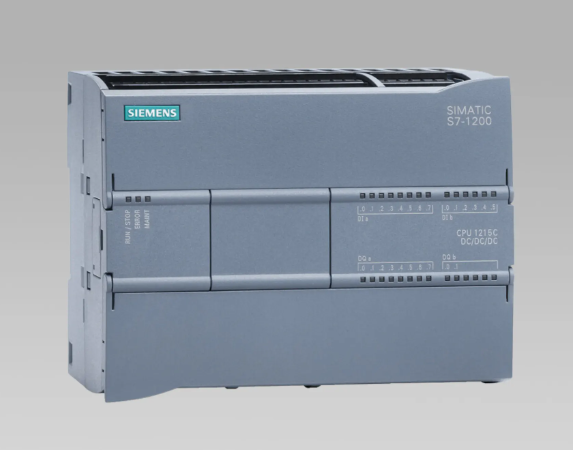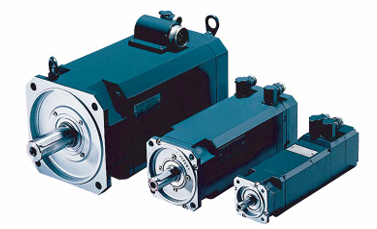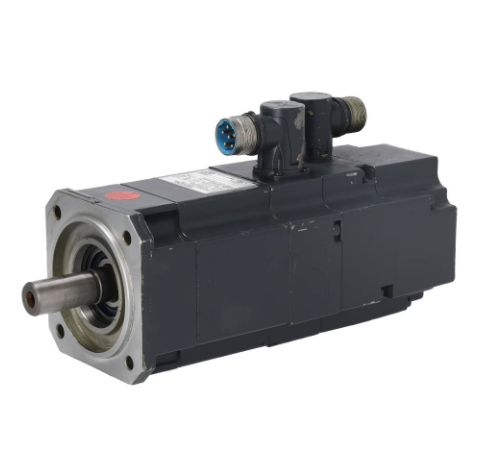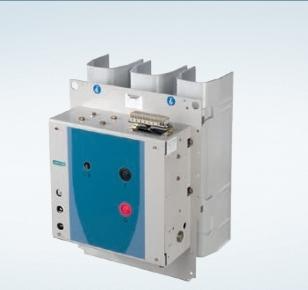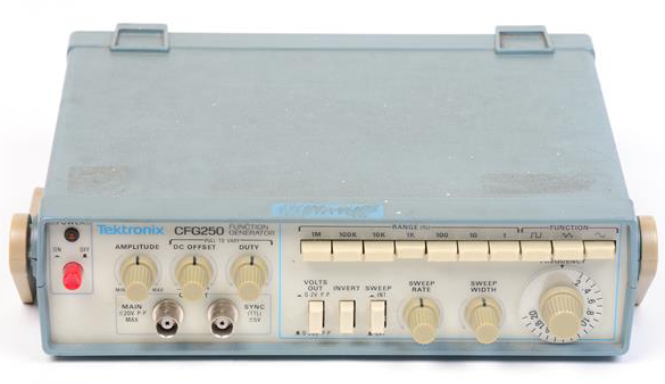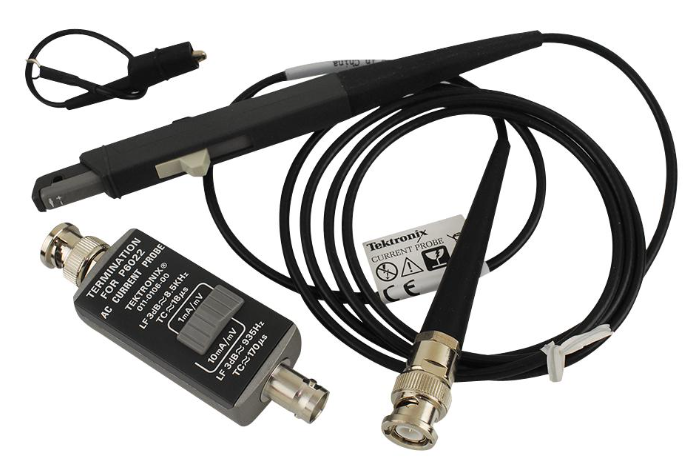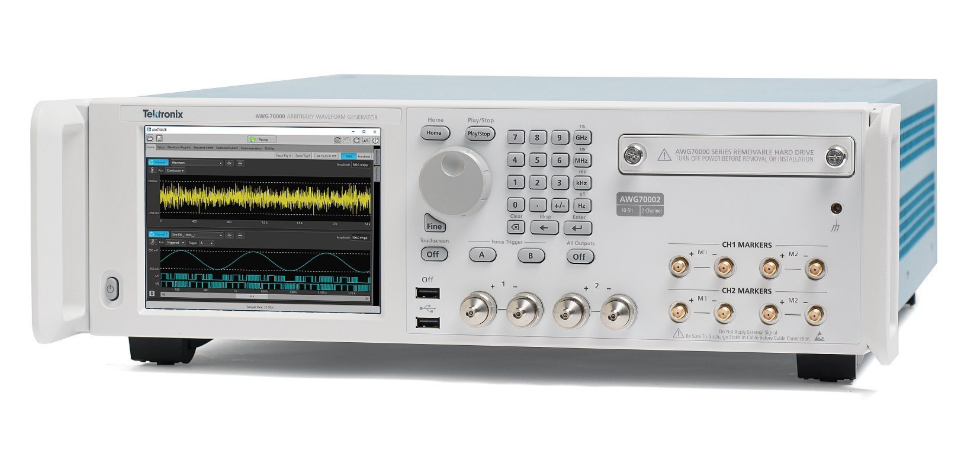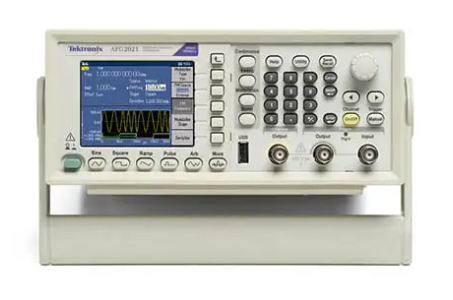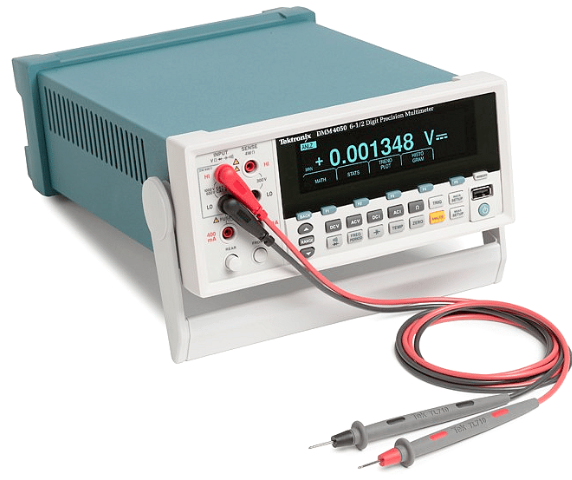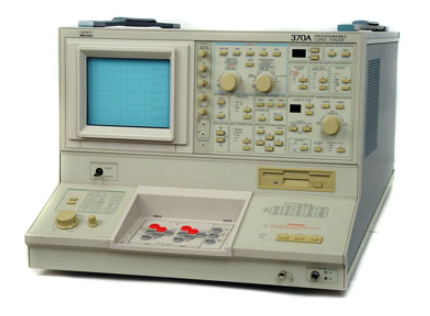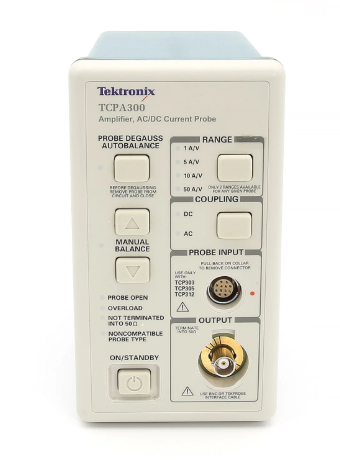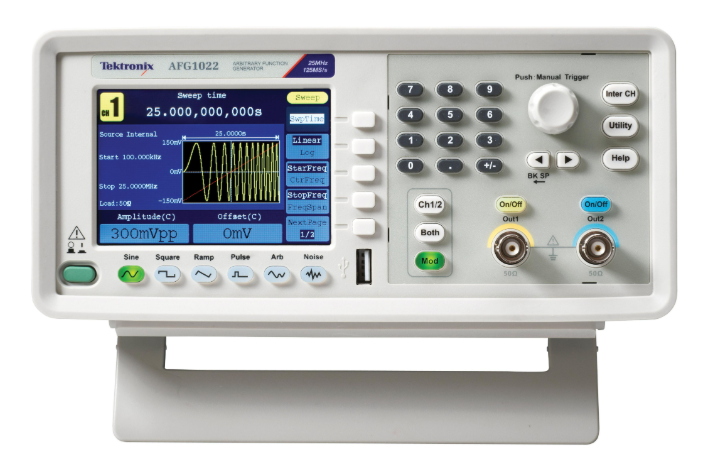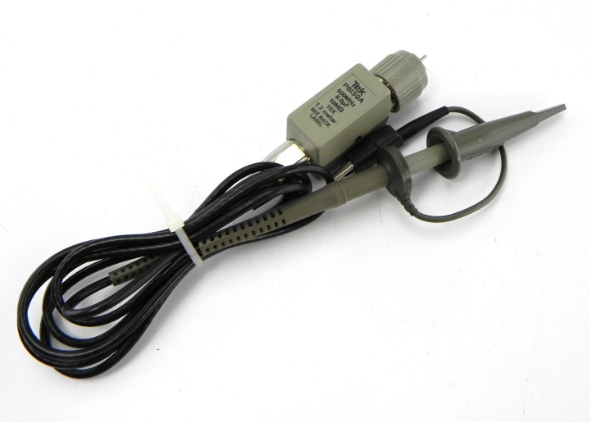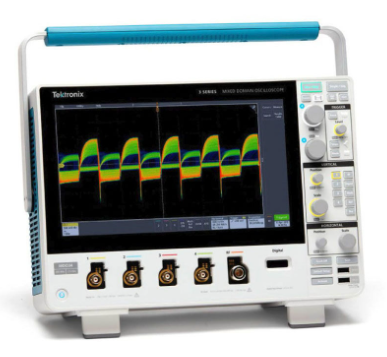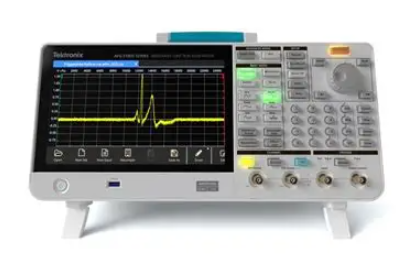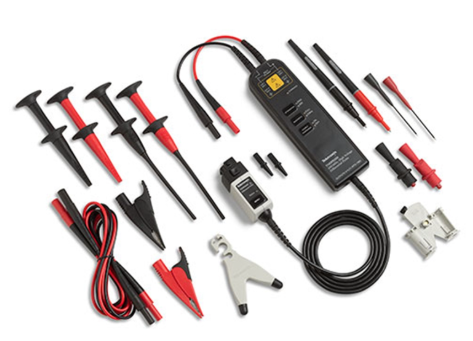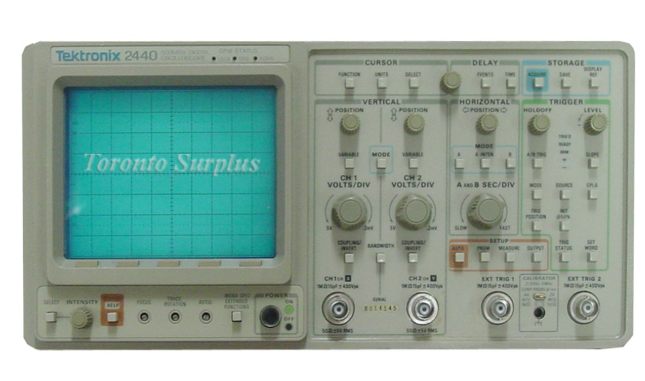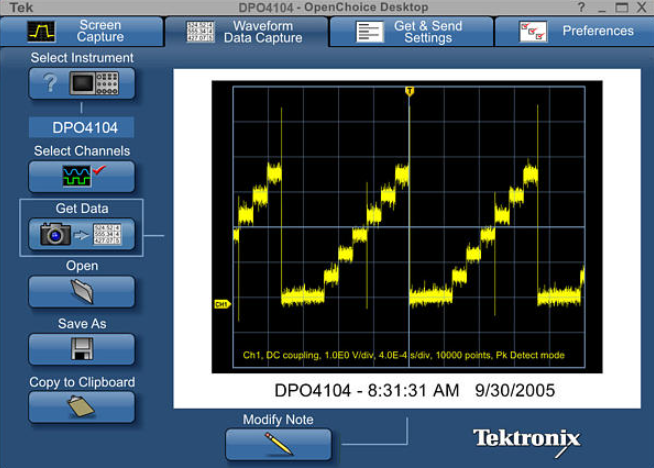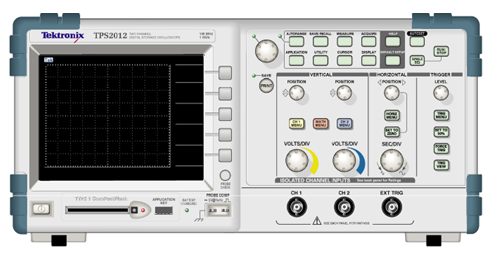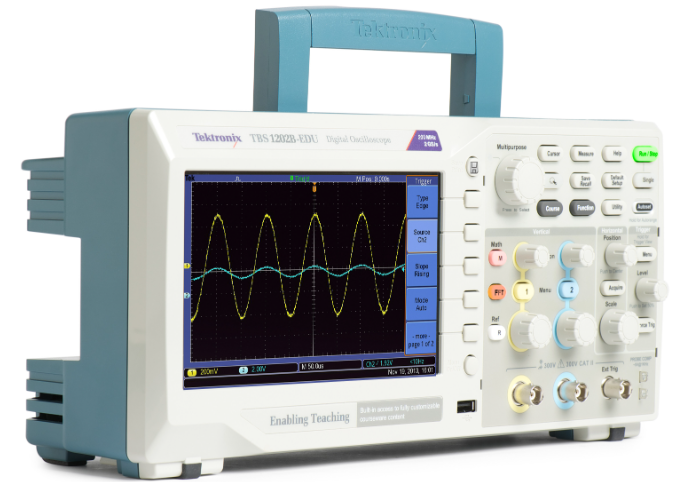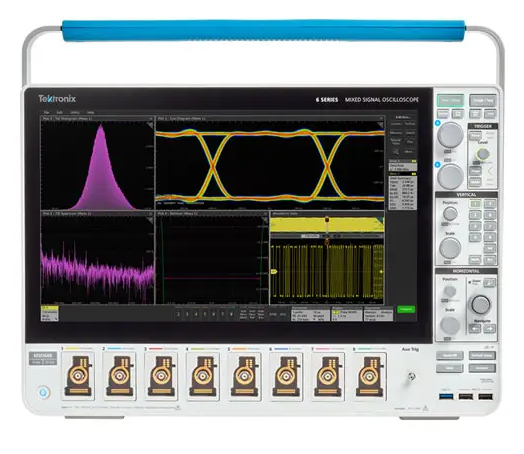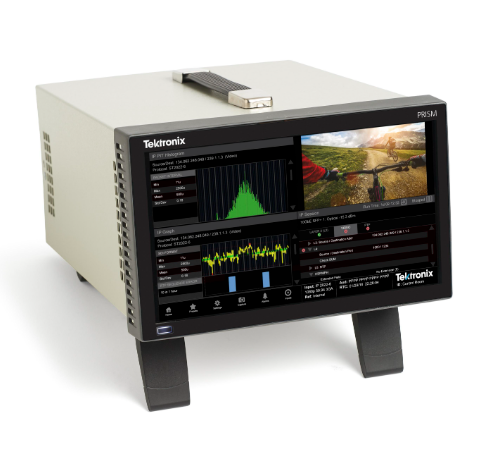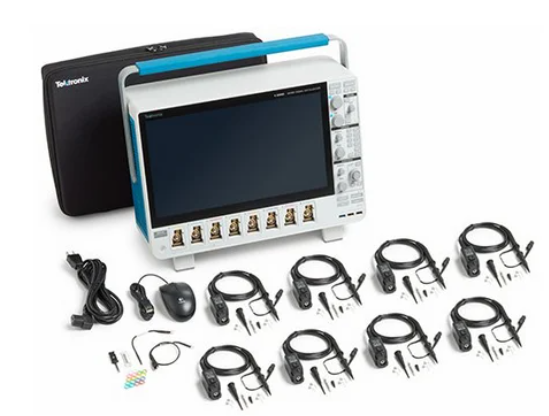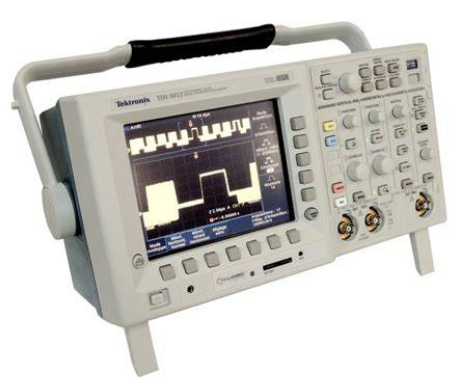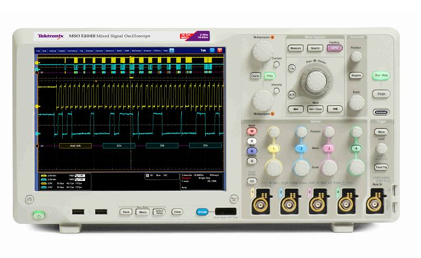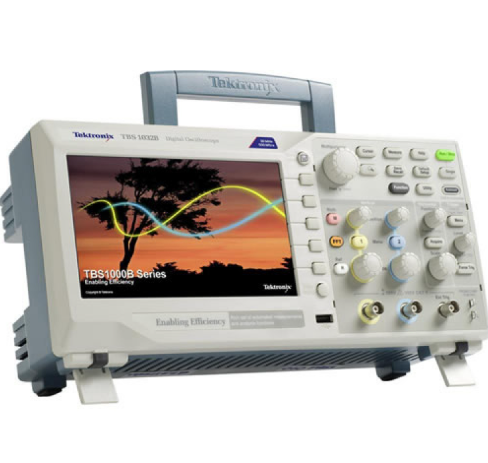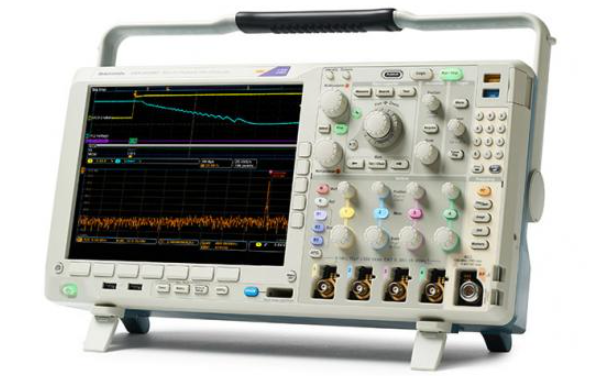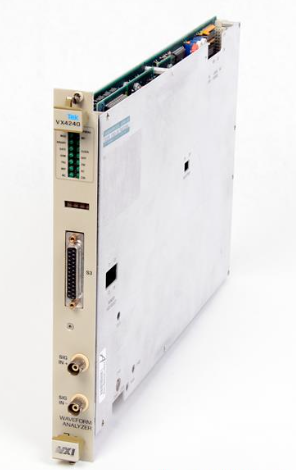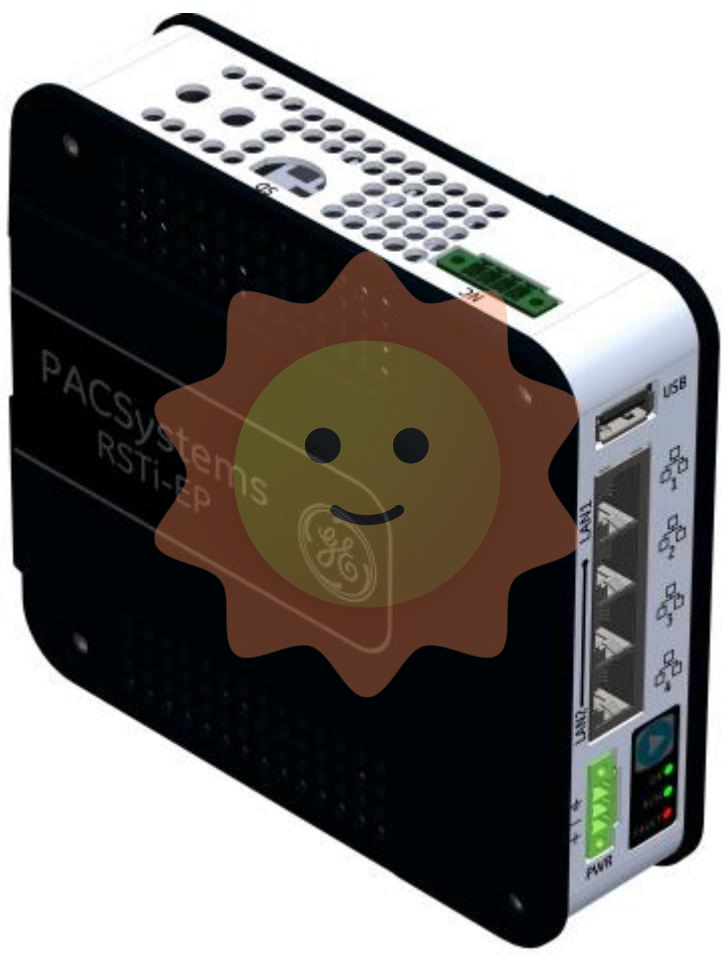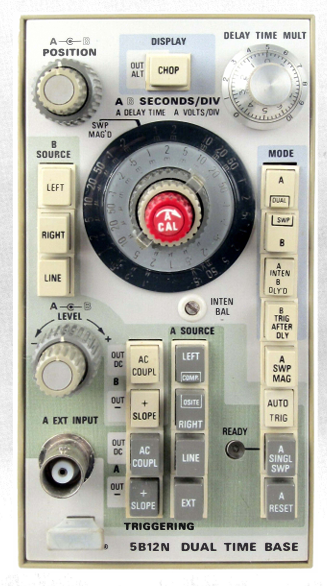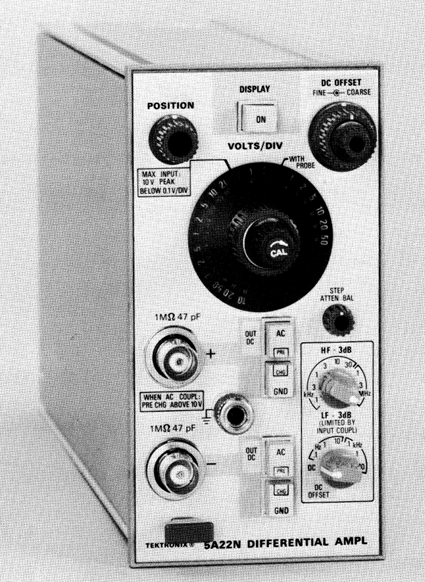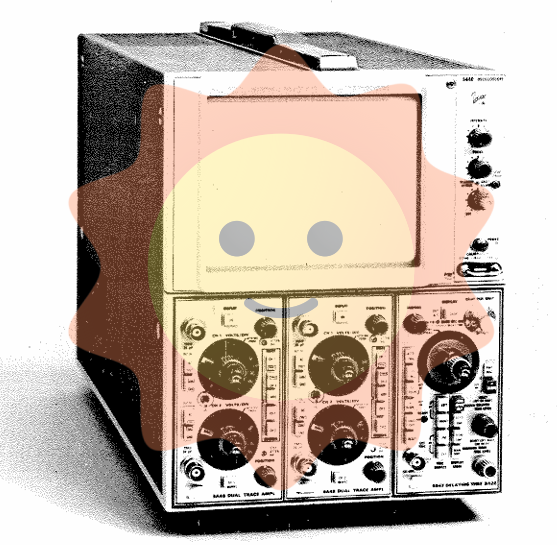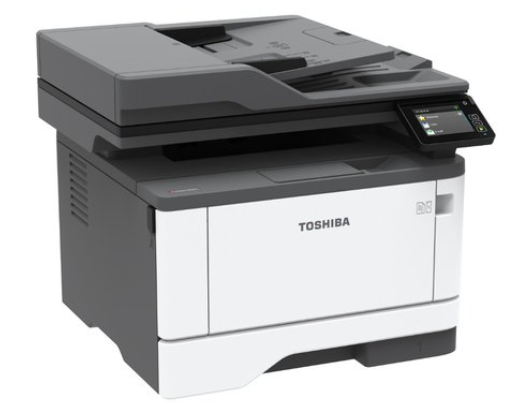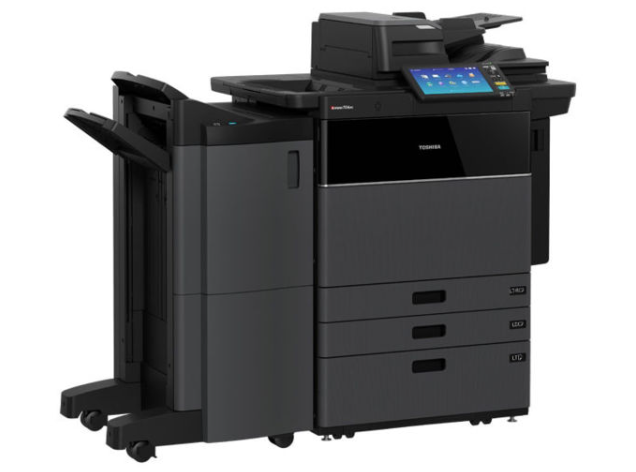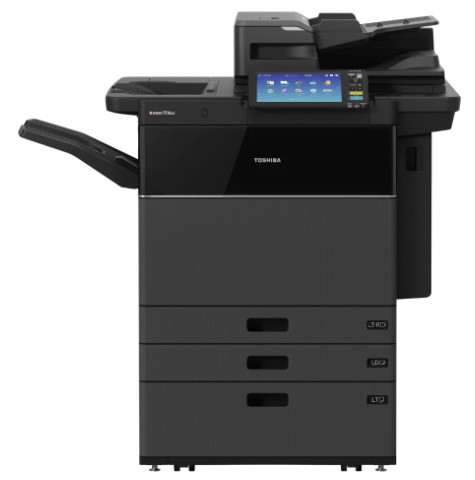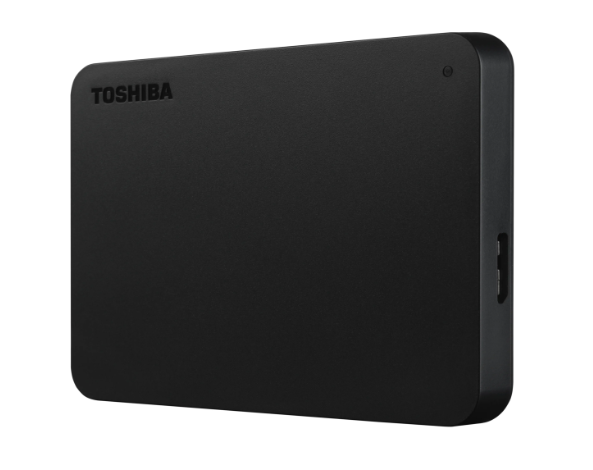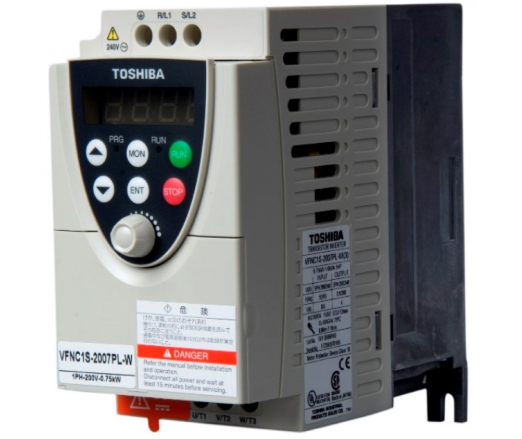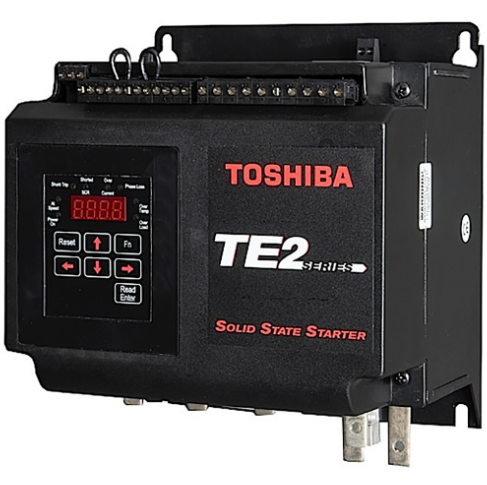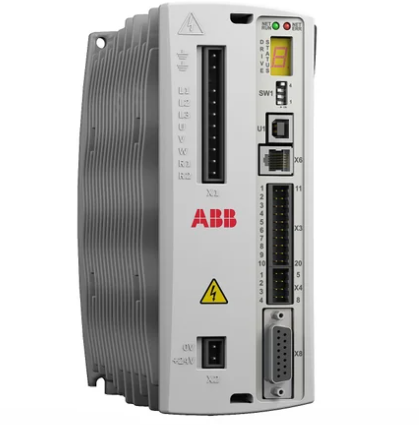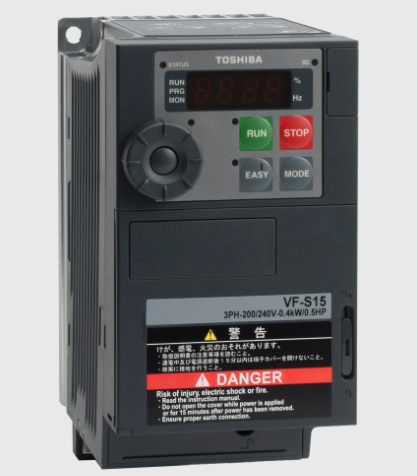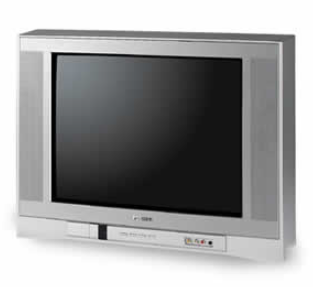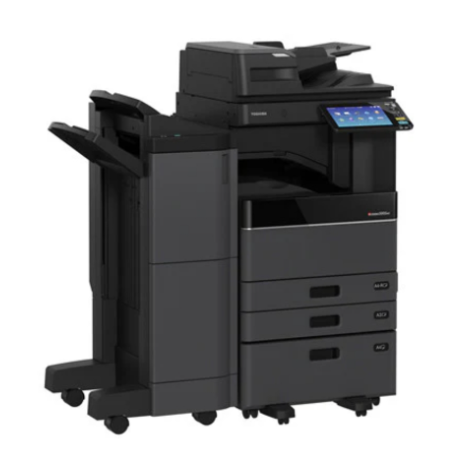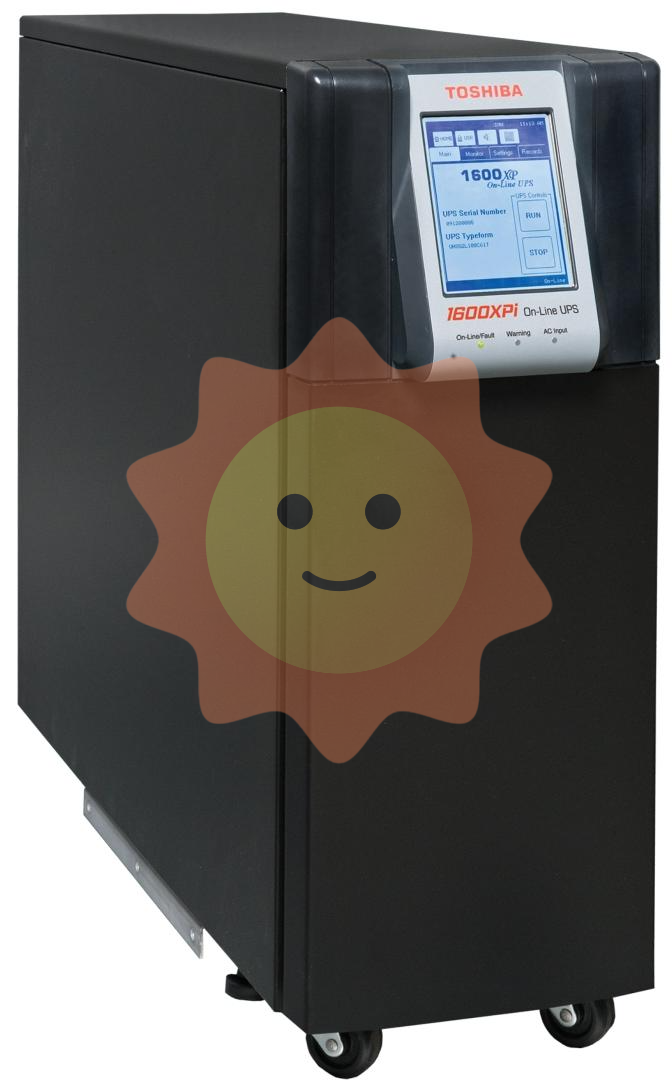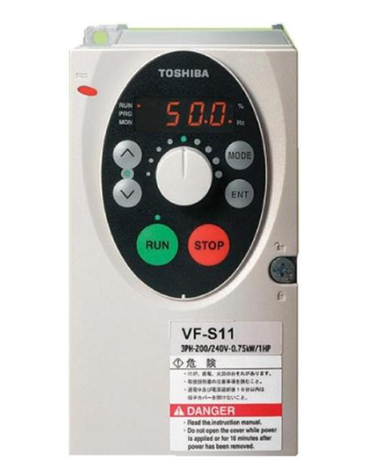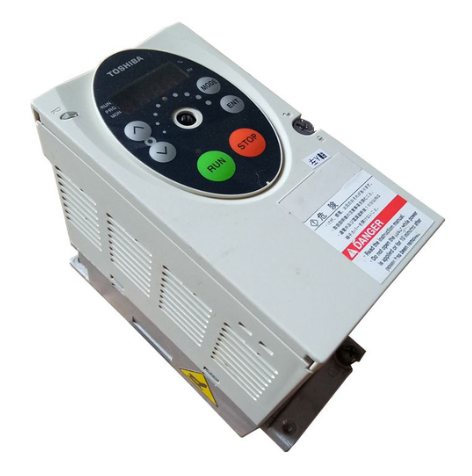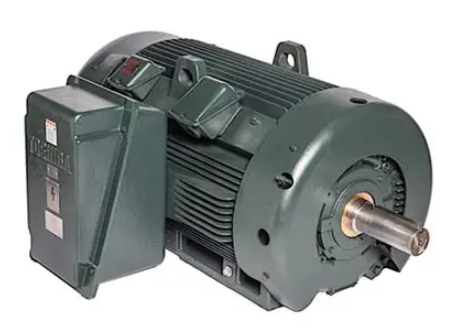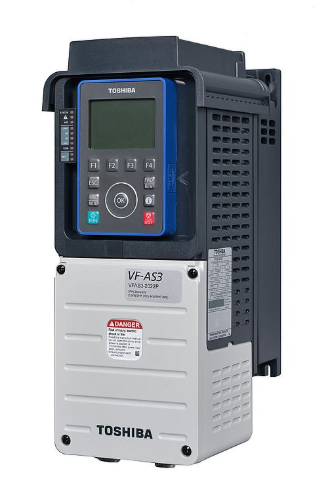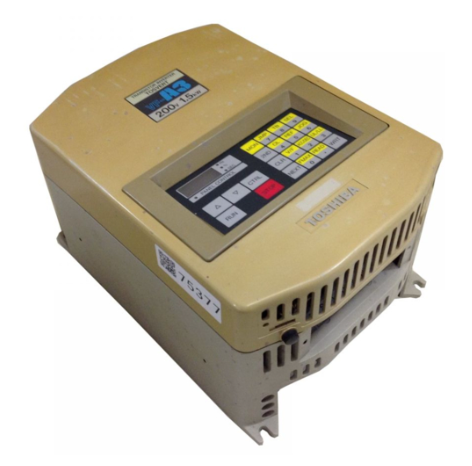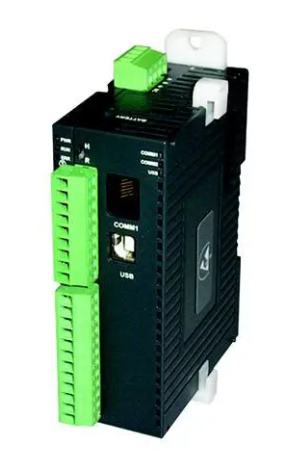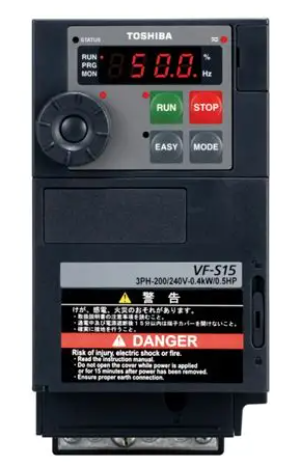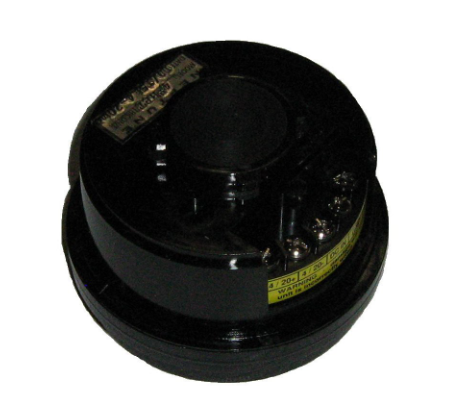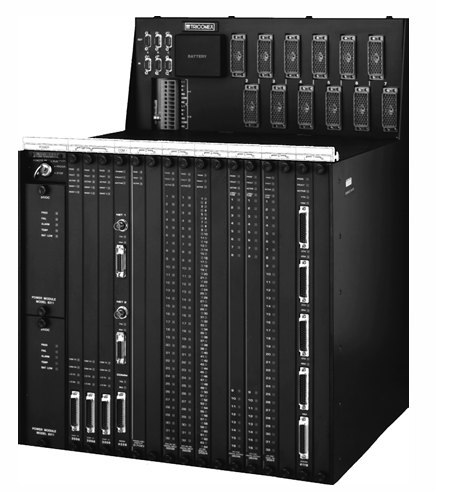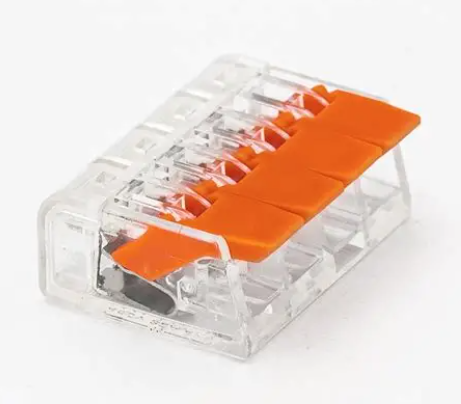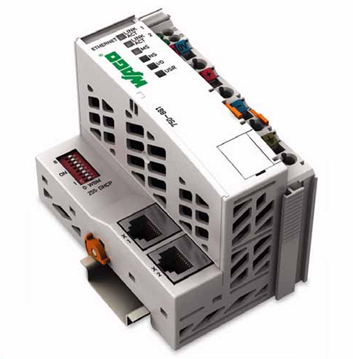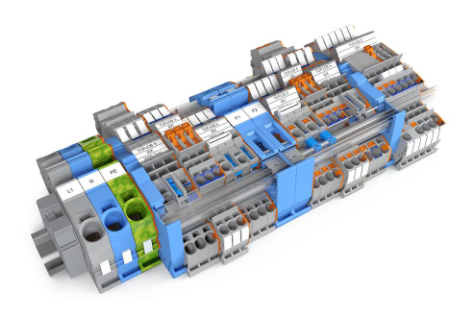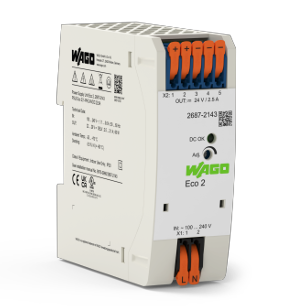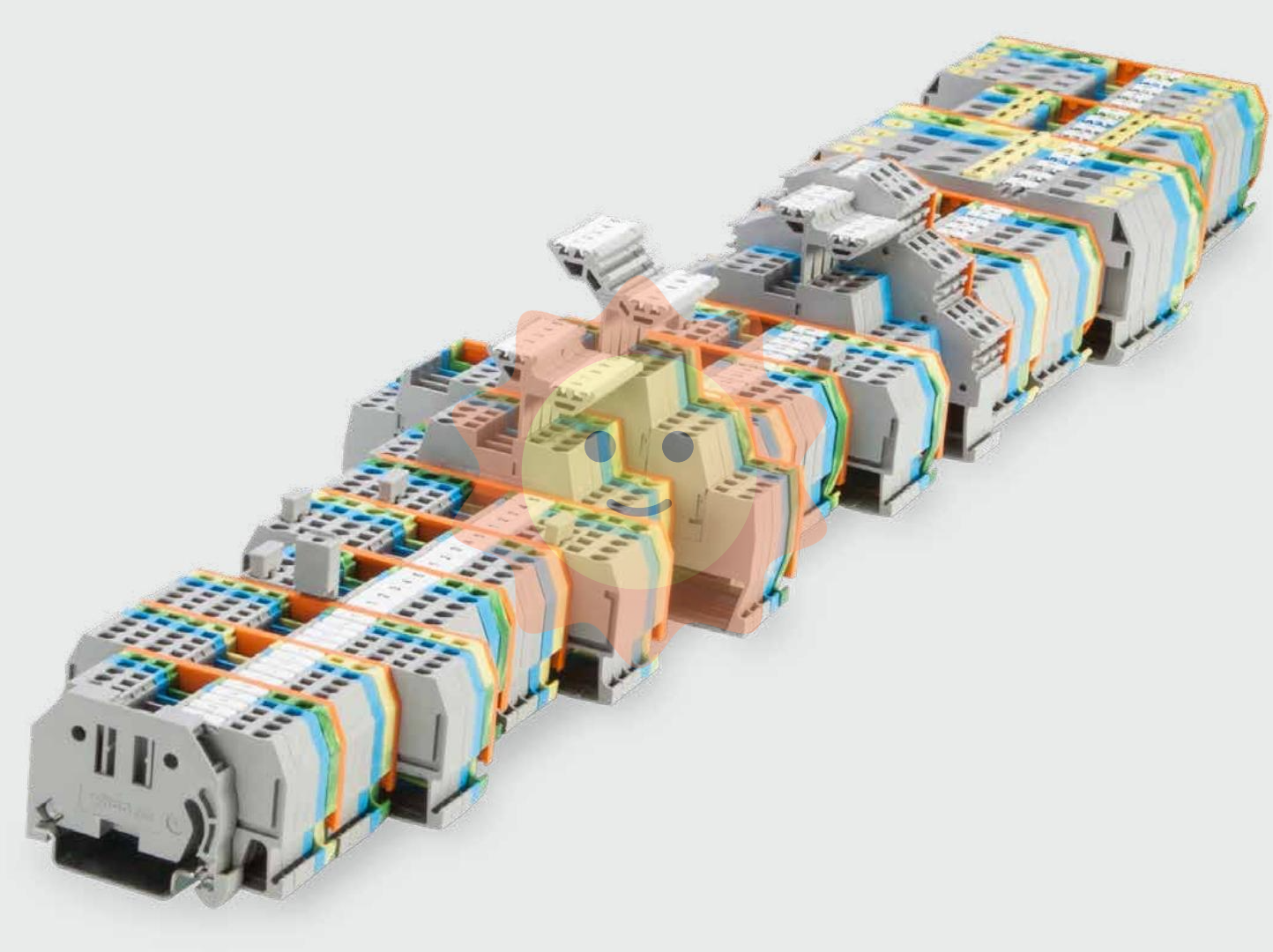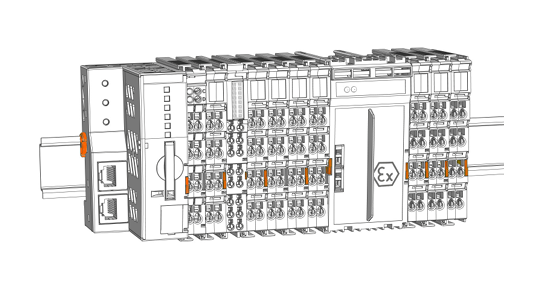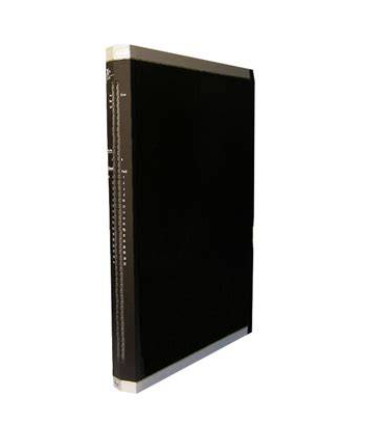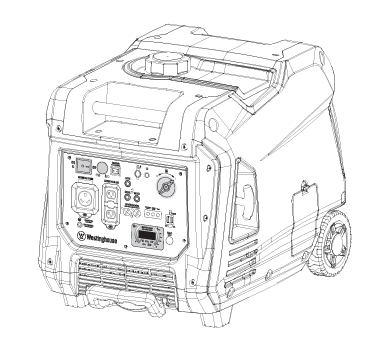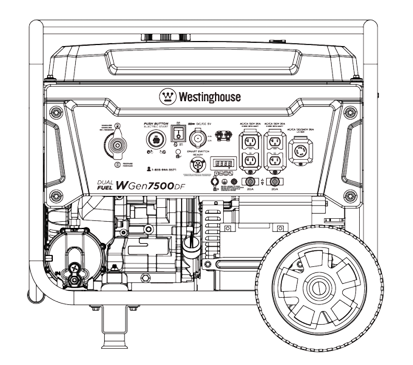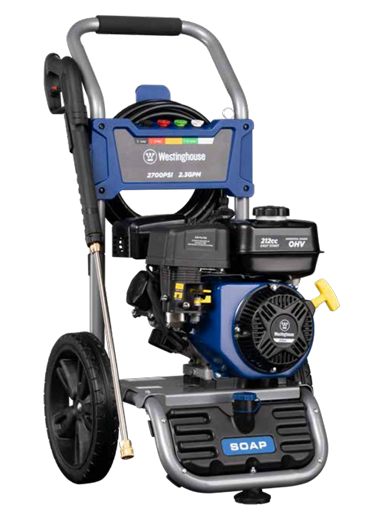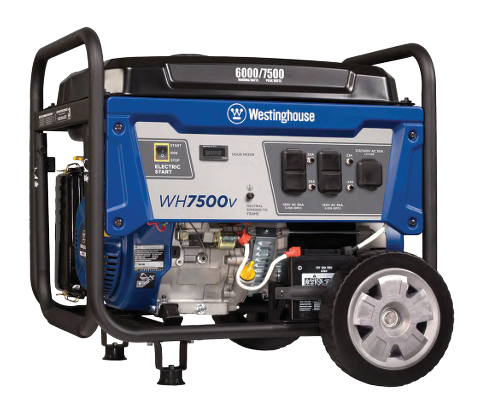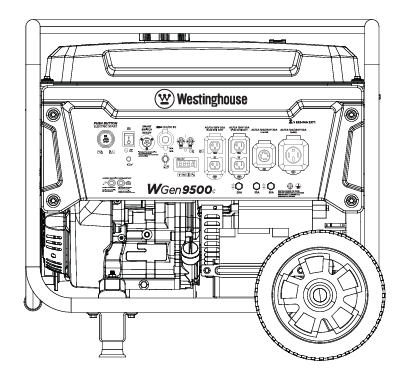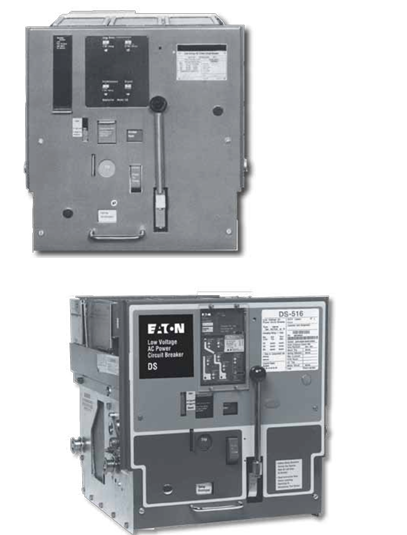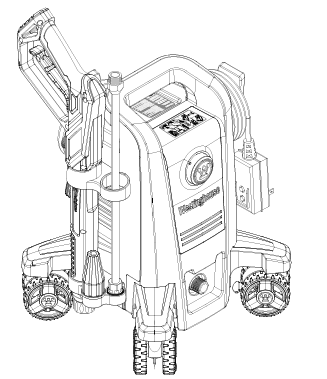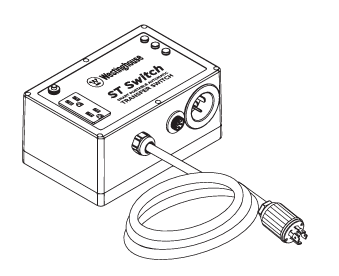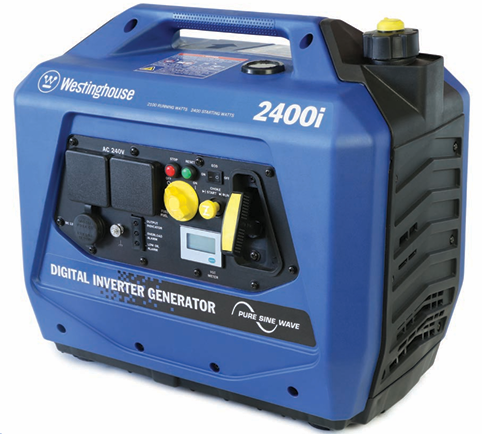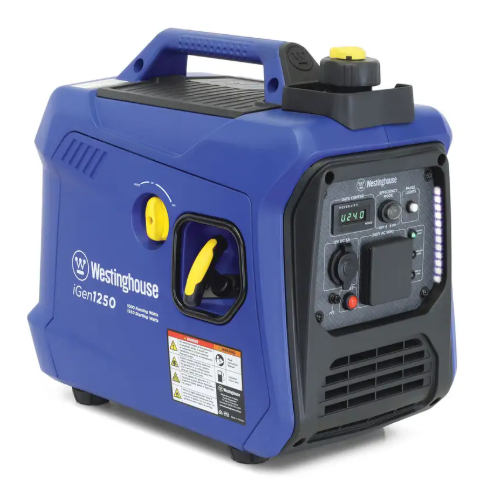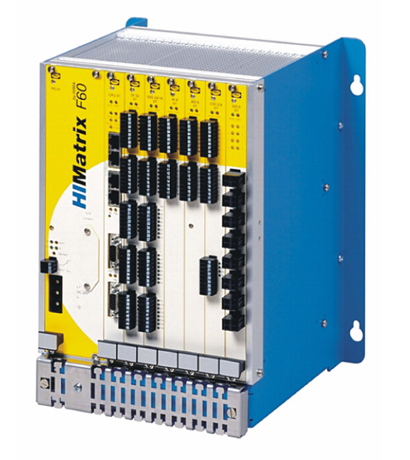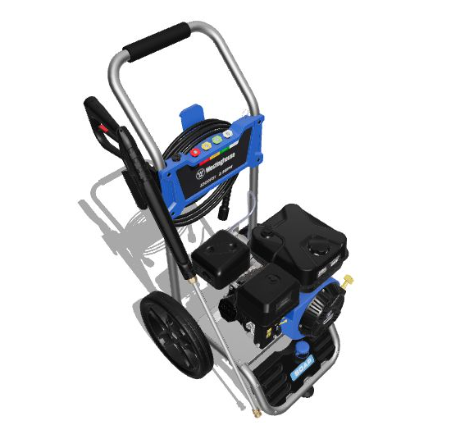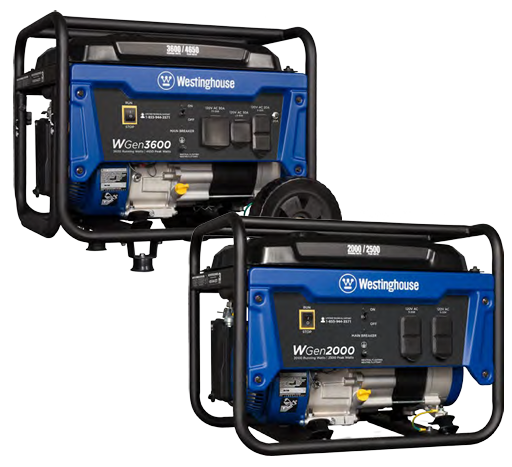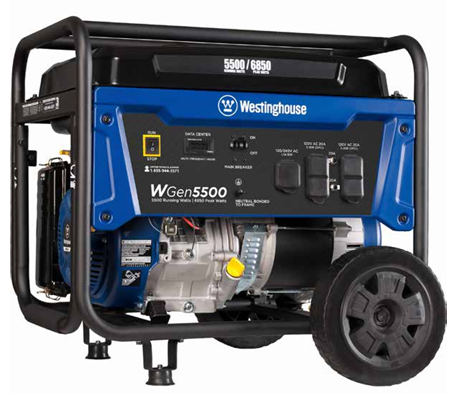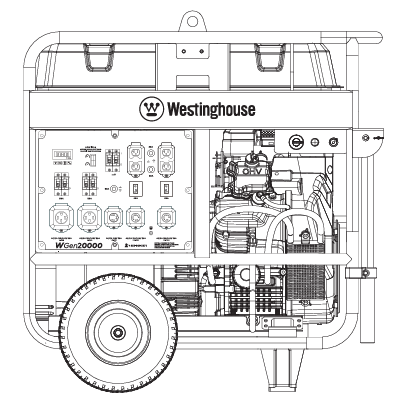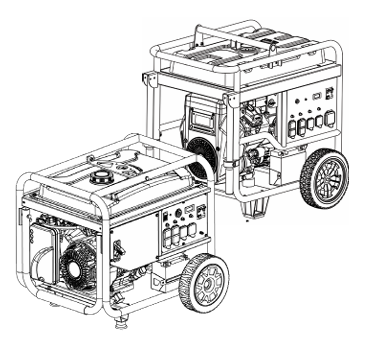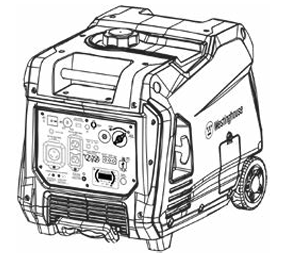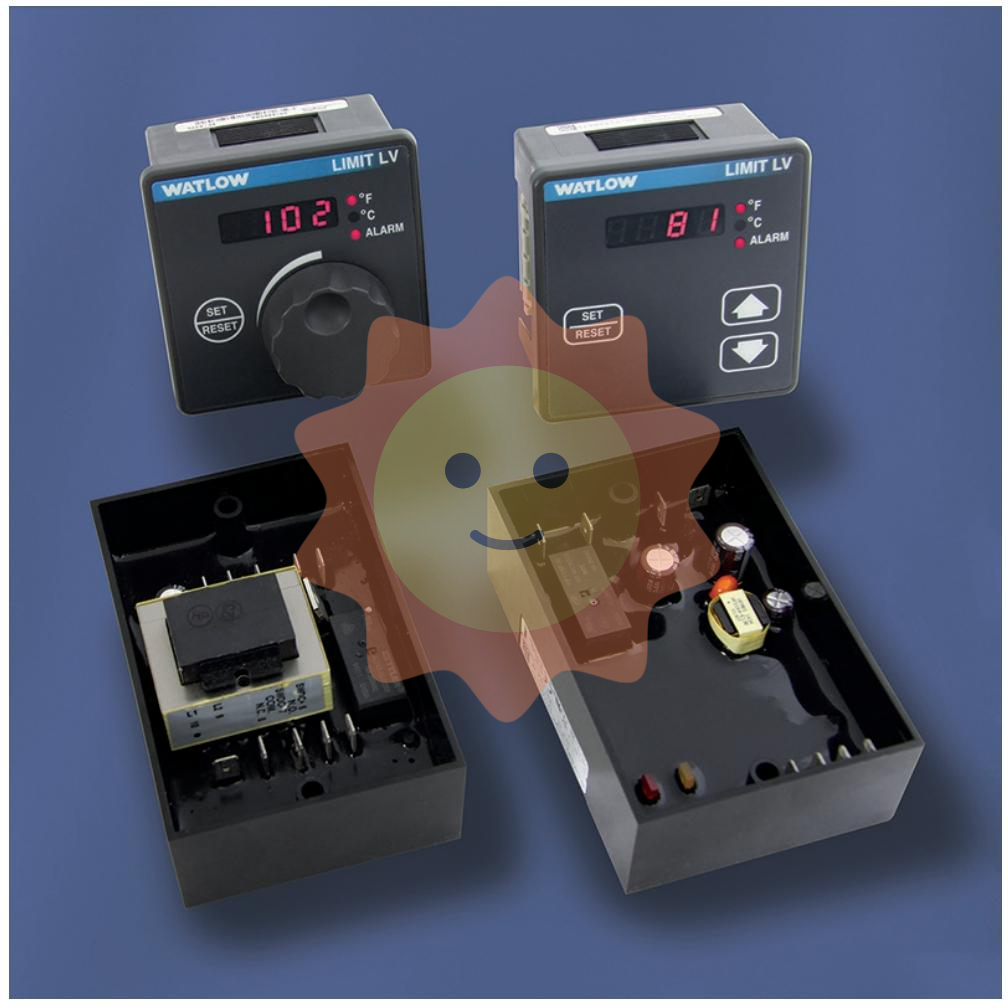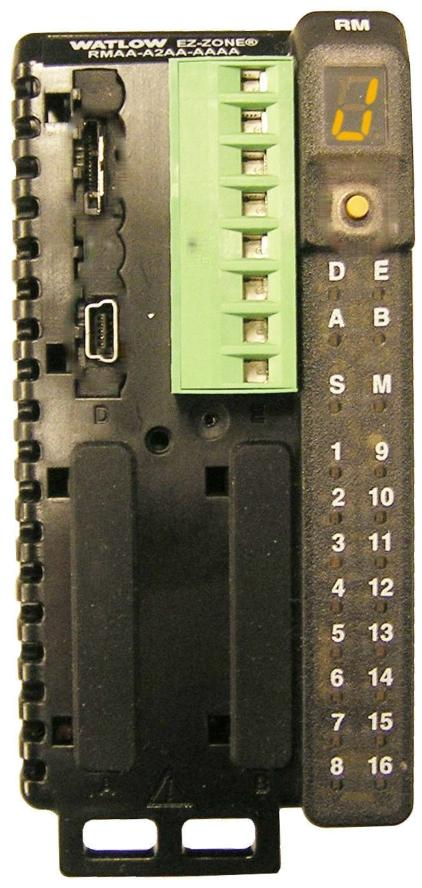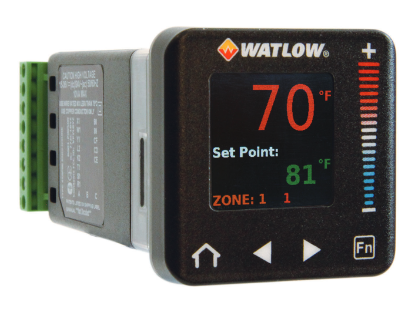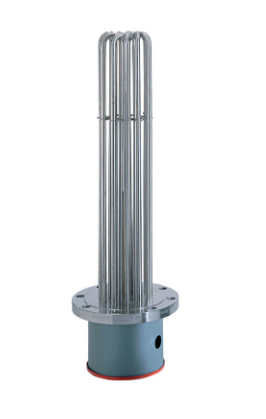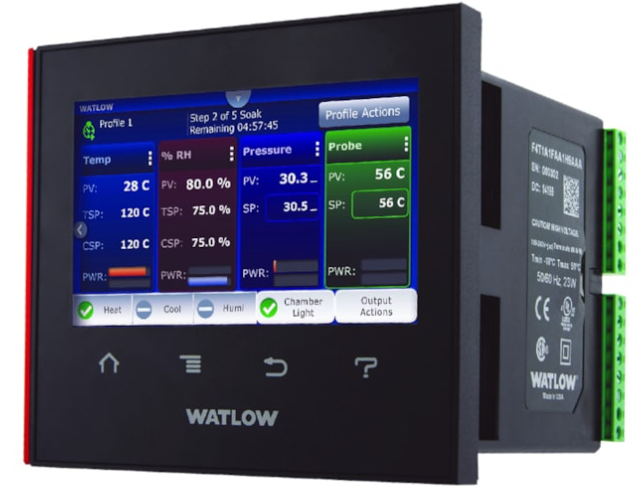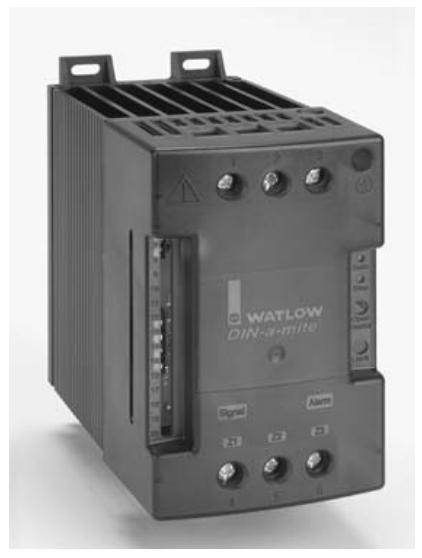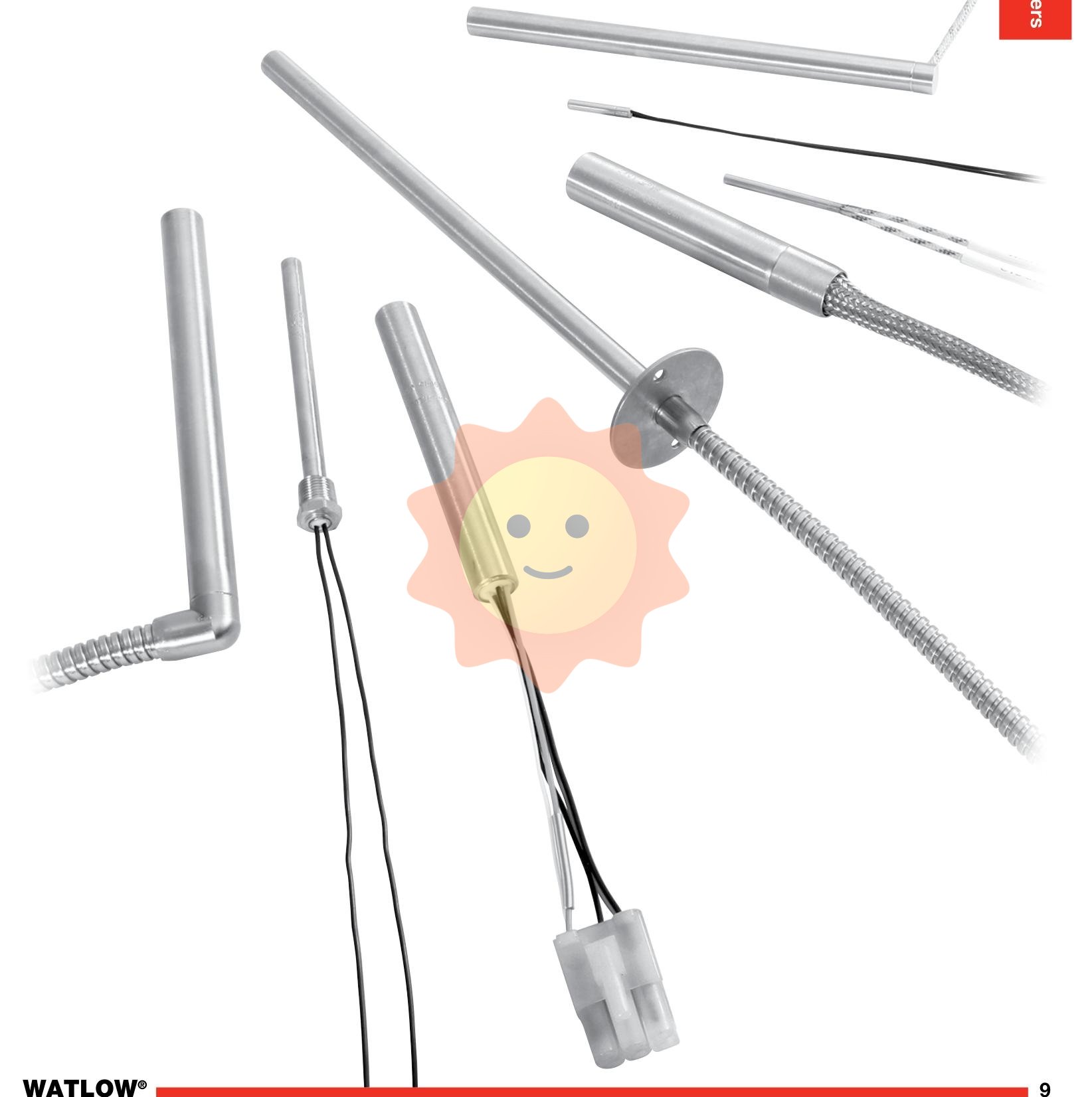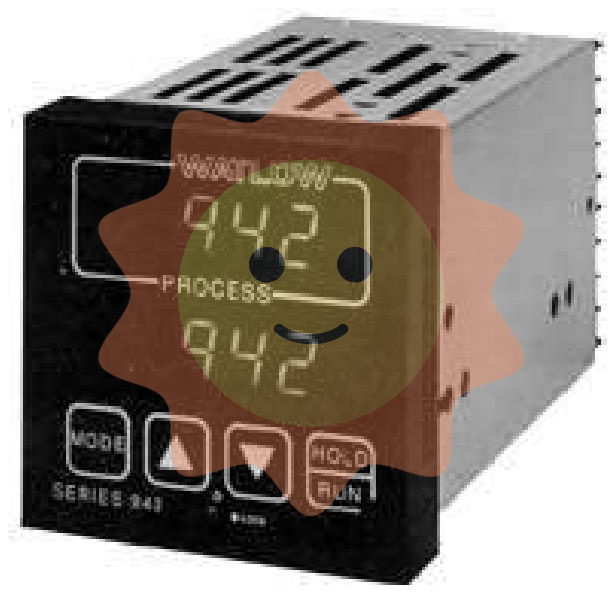ABB NLIM01 Loop Interface Module
Basic Information
Product Overview:ABB NLIM01 Loop Interface Module is one of the key modules in ABB Bailey Infi 90 and Net 90 systems. It is mainly used to establish communication connections in the system's loop, enabling the various devices and components in the system to effectively exchange information and achieve data transmission and sharing.
Physical characteristics: Has a standard modular design for easy installation in control cabinets or enclosures. Its size is designed to be compact, the length may be between ten centimetres to tens of centimetres, the width and height are also according to the specific design in line with the installation standards of industrial modules, and the weight is light, easy to install and carry.
Functional features
Communication interface function
Loop communication connection: As a loop interface module, its core function is to provide a reliable communication interface within the loop architecture of the Net 90 system. It can connect multiple devices in the system, such as controllers, I/O modules, operator stations, etc., to ensure stable data transmission in the loop. For example, in an industrial automation control system, it can connect PLCs and remote I/O modules located at different locations to communicate with each other.
Supports multiple communication protocols: It is compatible with a wide range of communication protocols, including the dedicated communication protocols within the Net 90 system, as well as some common industrial communication protocols such as Modbus. This makes it possible to communicate with equipment from different manufacturers, enhancing the openness and compatibility of the system. For example, in a hybrid system with both ABB and third-party equipment, the NLIM01 can be connected to the third-party equipment via the supported common protocols.
Signal conversion and processing
Signal format conversion: The NLIM01 is capable of formatting input and output signals. It can convert various signals from field devices (such as sensors and actuators), such as analogue signals (e.g. 4 - 20mA current signals, 0 - 10V voltage signals) and digital signals (e.g. switching signals), into a format suitable for transmission in a network loop. At the same time, when receiving signals, it is also possible to convert the signals transmitted from the network into a signal format that can be recognised by the field equipment, thus achieving a seamless connection between the field equipment and the control system.
Signal Conditioning and Enhancement: Conditioning and enhancement of signals, including amplification of weak signals, filtering of noisy signals and other operations. For example, for some sensor signals that become weak after long-distance transmission, the module can amplify them so that they can be accurately identified and processed by the system; for signals that are subject to electromagnetic interference and generate noise, the quality of the signals can be improved through filtering and other means.
Diagnosis and monitoring function
Self-diagnostic function: It has self-diagnostic ability and can monitor its own working status in real time. It can detect whether its power supply is normal or not, whether the internal circuit is faulty or not, whether the communication interface is working normally or not, and so on. For example, if one of the communication ports of the module is faulty, it can detect it in time and mark it through the internal diagnostic mechanism.
Communication link monitoring: monitoring the communication link, it can detect problems such as link interruption and signal transmission errors. When a communication fault occurs, it will alert the operator through indicator flashing and alarm signal output. At the same time, it can also send detailed fault information (such as fault type, fault location, etc.) to the upper computer monitoring system, which is convenient for maintenance personnel to quickly locate and solve problems.
Technical Parameters
Power Requirements: The working voltage is usually DC voltage, for example, it may need +5V DC and ±15V DC power supply, the power consumption is generally between a few watts to dozens of watts, the specific power consumption depends on the working status of the module and the number of connected devices.
Communication Parameters
Communication rate: support a certain communication rate, such as may reach 10 megabaud (Mbps) communication rate, this rate can meet the majority of industrial sites for real-time data transmission requirements, to ensure that the data can be timely and accurate transmission in the system.
Communication interface types: Equipped with various types of communication interfaces, including but not limited to serial interfaces (such as RS-232, RS-485) and Ethernet interfaces. These interfaces can be used flexibly according to the actual application requirements and types of connected devices, for connecting different devices and building communication networks.
Signal Processing Parameters
Analogue Signal Processing Range: For analogue signals, it can process a certain range of input and output signals, such as receiving and processing common industrial analogue signals such as 0-10V voltage signals, 4-20mA current signals, etc., and is capable of converting and processing these signals with high accuracy, and the conversion accuracy may reach 12-16 bits.
Digital Signal Processing Capability: For digital signals, it is able to identify and process digital input signals with different level standards, such as TTL level and CMOS level digital signals, and the driving capability of the digital output signals can also meet the driving requirements of general industrial equipments (e.g. relays, solenoid valves, etc.).

- User name Member Level Quantity Specification Purchase Date
- Satisfaction :
-









Email:wang@kongjiangauto.com

